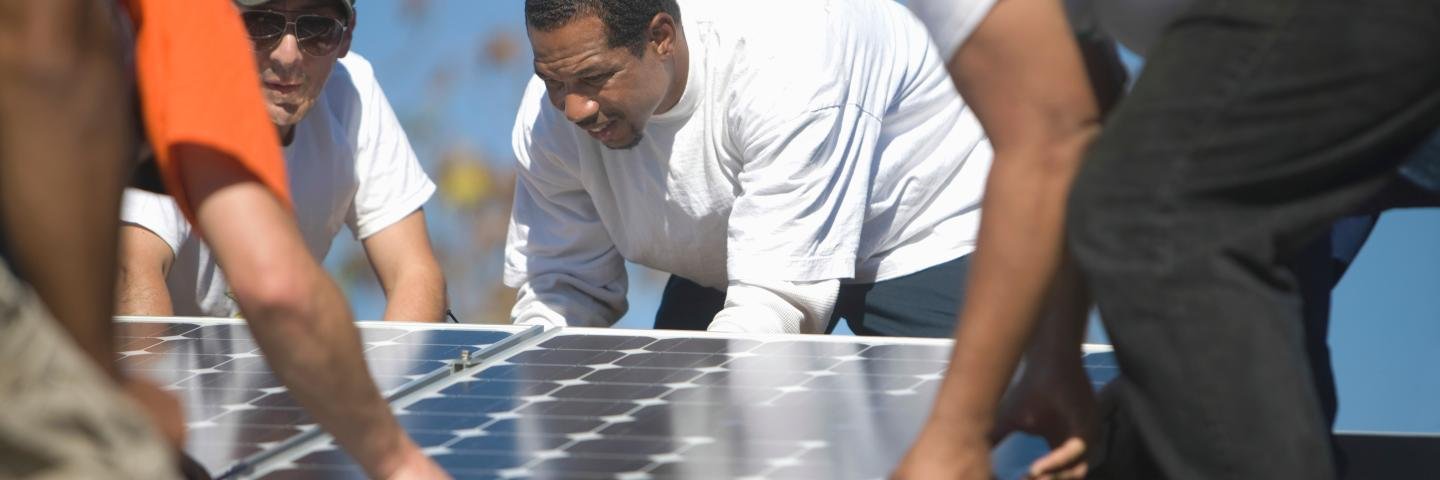
Economic Development
Economic Development Solutions
-
Includes renewable energy, clean transportation, energy efficiency, energy storage, renewable heating and cooling, low-impact hydropower, carbon capture technologies and more.
-
Local food and nutrient production, farms, forests, soil enhancements, biofuel for hard-to-electrify needs, bio-based building and structural materials.
-
Re-envisioned materials management, in which waste hauling to distant landfills is replaced by reuse and recycling of materials, recycling-based industries and zero waste practices.
-
Materials, products and services needed to preserve quality of life and protect natural systems in a changing climate - including cool roof materials, stormwater capture and green infrastructure systems and components, renewably powered and energy-efficient greenhouses, and much more.
Regional Strategy
This Road Map describes a huge body of work to be done. It falls into four “green economies”:
Clean energy and decarbonization;
The bioeconomy connected with regeneration and sustainable use of natural resources;
The circular economy of reuse and recycling;
And a “resilience economy” of products and services associated with keeping us safe and healthy as the climate changes (from cool roofs to rain gardens).
The practice of economic development is more than incubating individual businesses, training workforces, attracting investors or any other single dimension. As NYSERDA has shown with clean energy industries, there are more systemic methods of working with entire industries to create capacity, build markets, set standards and continuously address new barriers to growth as they emerge. This is the kind of approach that is needed in the other sectors of our green economy.
An expert organization or team of organizations should develop a systemic green economy study that delves into the four sectors, their current dimensions, and the barriers and opportunities connected with their growth. The study should thoroughly review existing and emerging subsectors and best practices for low-impact operations; investment and workforce resources and needs; constraints such as supply chain and policy factors; enterprises in the Hudson Valley region and key characteristics. The purpose is to identify projects and policies that will help to create success conditions for these industries. It should also recommend a structure for organizing continued support for these economic sectors in a transparent, data-driven manner.
Who Cares? A Partial List of Stakeholders:
Bard College MBA in Sustainability
https://gps.bard.edu/bard-graduate-programs-in-sustainability
Columbia Carbontech initiative
Empire State Development Corporation
Hudson Valley Agribusiness Development Corporation
Hudson Valley Economic Development Corporation
SUNY New Paltz School of Business and Hudson Valley Venture Hub
https://www.newpaltz.edu/schoolofbusiness/hvventurehub/
NYSERDA Cleantech Incubator Program



